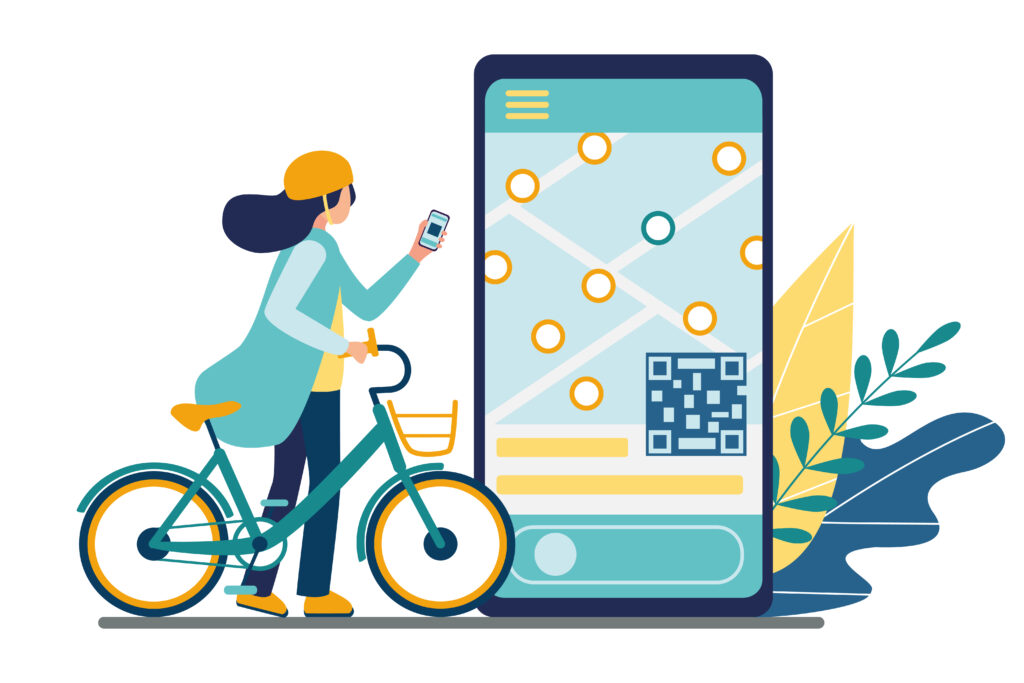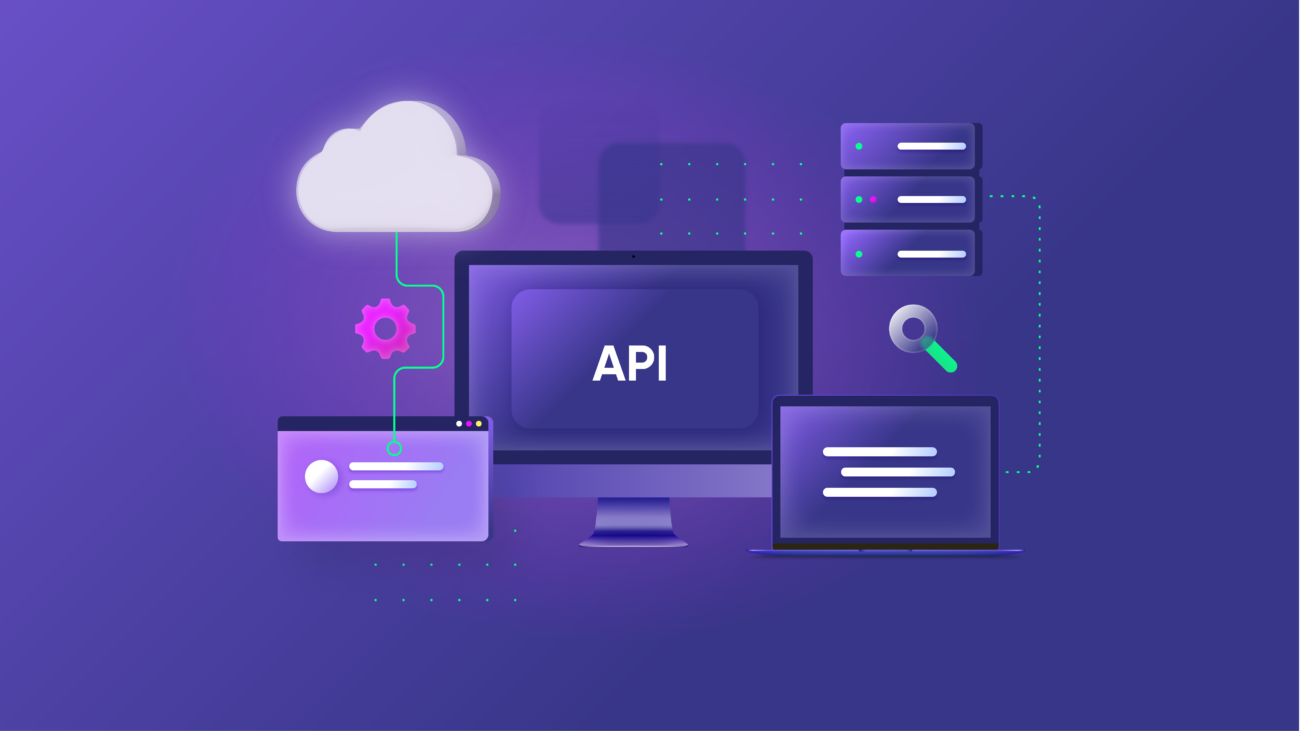Learn how creativity and technology work together to bring game characters to life by entering the world of 3D character modeling for games. Everybody knows that creating visually appealing and believable characters is crucial to the success of any game. Right now, 3D character modeling is still the key to getting there.
Creating 3D characters for video games requires both artistic and scientific skills. Fortunately, new technologies have made it simpler than ever to make gaming characters more lifelike and intricate. If you want to learn more about 3D character modeling for games as a game designer or developer from a game app development company, read the following post.
What does “3D character modelings” entail ?
To create three-dimensional digital models of characters for use in other media, including video games, movies, and other forms of media, modeling 3D characters is necessary. The procedure is very complex because it calls for building a virtual representation of the character with a lifelike appearance that appears to have volume, texture, and depth.
Concept art or a design brief that describes the character’s traits such as personality and appearance is the first step in the process of producing 3D game characters. After that, a character model is initially created in crude form and is then improved upon. To facilitate the character’s movements, this technique entails the creation of a digital skeleton, or “rig.”
A realistic and detailed character that can be used in video games, movies, and other media types is the result of 3D character modeling. It combines artistic ability, technical know-how, and creative imagination to bring the characters to life. A key component of game creation is 3D character modeling because it is essential to producing engaging and immersive gaming experiences.
Also Read : How To Develop Game App Using Unity
What Will 3D Modelling Look Like in 2023?
Using sophisticated software, we can model 3D objects digitally. This technique is known as 3D modeling. Make sure the game developers you employ for your game app project are proficient in 3D modeling techniques. To begin, a basic shape or wireframe is created and then polished and textured to give it a realistic appearance.
Digital models can be created using a variety of methods, with polygonal modeling being one of the most popular. It is made of connected flat surfaces known as polygons. An artist can modify these polygons to achieve the required shape and add additional elements, such as texture and color, for a more realistic appearance.
Another method is spline-based modeling, which entails drawing curves to specify the contour of the item. Utilizing these curves will result in a smooth, organic shape that can be further textured and polished.
Powerful skills like sculpting, painting, and special effects for lighting and reflections are available in contemporary 3D modeling software. In addition to being used in movies and video games, 3D model linkages are also used in a number of other industries, such as engineering, architecture, product design, and medical imaging.
The newest gear and software have made 3D modeling faster and easier than ever, making it an indispensable tool for professionals.
Also Read : How To Develop PubG Game Application ?
Character modeling in 2D and 3D differs from each other.
Two independent techniques—2D character modeling and 3D character modeling—can be used by artists to create character designs for a variety of media, including video games, animation, and movies.
Using visual arts like sketches, paintings, and drawings, 2D character modeling entails constructing two-dimensional characters. In order The impression of depth, artists make flat images of characters that are colored or have textures. Cartoons, comic books, and 2D video games frequently employ this kind of modeling
The process of producing 3D characters, on the other hand, entails employing specialized software to produce a digital depiction of a character in three dimensions. Characters with depth and volume can be created in this way, giving them a more realistic appearance. In 3D games, movies, and animation, this style of modeling is commonly employed.
Because 2D characters are flat whereas 3D characters have depth and volume, this is the main distinction between 2D and 3D character models. In contrast to 3D characters, which can move around and interact with their surroundings, 2D characters have a limited range of motion.
Another distinction is that 2D character modeling is more accessible and less difficult than 3D character modeling. Nevertheless, 3D modeling offers more possibilities and chances for character customization, including texturing, lighting, and animation.
A more dynamic and lifelike portrayal is provided by 3D modeling. Thus, it is better suited for immersive gaming and related fields, whereas 2D modeling is simpler and more widely available for producing fast presentations of items.
The benefits of modeling characters in 3D
It doesn’t take much thought to realize that 3D character modeling has greater advantages over 2D character modeling for game makers. This is due to the causing enabling the creation of characters that look and feel more realistically created, offer more customization possibilities, enables dynamic animation, provide greater flexibility for character repurposing, and are more compatible with current gaming technology.
When creating characters for video games, 3D character modeling has several advantages over 2D character modeling. These advantages are listed below.
Realistic video game characters
One of the most important benefits of 3D character modeling is the ability to create characters that are more realistic and lifelike. Characters can be built with depth, volume, and complicated shapes with 3D modeling, which is not achievable with 2D modeling. Because of this feature, the characters feel more immersive, which improves the gaming experience.
Amazing customization possibilities
Another benefit of 3D modeling is that there are more good customization options. Game designers can create characters with a variety of textures, materials, and colors using 3D modeling software. This provides greater artistic flexibility over the scenery and characters, improving the visual attractiveness of a game.
Eye-catching, dynamic animation
3D character modeling offers more dynamic animation options than 2D modeling does. With better control over movement, facial emotions, and body language, 3D characters may be animated more fluidly and naturally. As a result, the story and gameplay of the game may be improved, resulting in more player involvement and immersion.
Use flexibility
Another benefit of 3D modeling is its flexibility. Cutscenes, promotional materials, and merchandise are just a few examples of the different applications of 3D models. This functionality enables game developers to reuse characters and items more readily and economically than having to create all fresh assets from scratch for every new use.
Improved compatibility with modern game consoles
Modern Gear is built to use 3D graphics, including game consoles and high-end PCs. Because contemporary gaming platforms often offer faster performance and more sophisticated graphics capabilities, 3D character modeling is a better fit for them. With the aid of this technology, games will run and look their best on modern hardware.
What character design software is currently the best?
There are now several design software tools available to designers and game character artists. Digital artwork and 3D models for video games, movies, and other media can be produced using the applications listed below.
Adobe Photoshop is a well-liked character design and digital painting program that provides several features and tools for producing intricate character designs.
Autodesk Maya is an effective 3D program that is used by professional animators and game developers and is perfect for building 3D models of people and settings.
ZBrush is a digital painting and sculpting program that provides a variety of tools for designing intricate and complicated character designs.
A variety of functions and tools, such as brushes, layers, and animation, are available in the iPad software Procreate for digital art and character design.
A well-known program called Clip Studio Paint provides tools for creating 2D and 3D characters, such as the ability to customize brushes and integrate 3D models.
What Will the Price of a 3D Game Character Be in 2023?
In 2023, several elements, such as the character’s level of detail and design complexity, will affect how much it will cost to create a 3D gaming character. The level of expertise and experience of the creative team or development team also has a big impact on the price. The final price can range from $1,000 to $10,000 or more for a high-quality 3D gaming character, depending on the project’s requirements.
The number of characters necessary, the length of animation needed, and the level of character detail required are additional elements that may affect the price. Generally speaking, more complicated or sophisticated designs will take longer to complete and cost more money.
Conclusion
As the usage of virtual and augmented reality expands, it is anticipated that 3D video game avatars will become ever more sophisticated and immersive. The need for interactive and realistic characters will only increase, and game developers will push the boundaries of technology to produce more intelligent and lifelike characters that can respond to player actions. A more engaging gaming experience will come from this.




